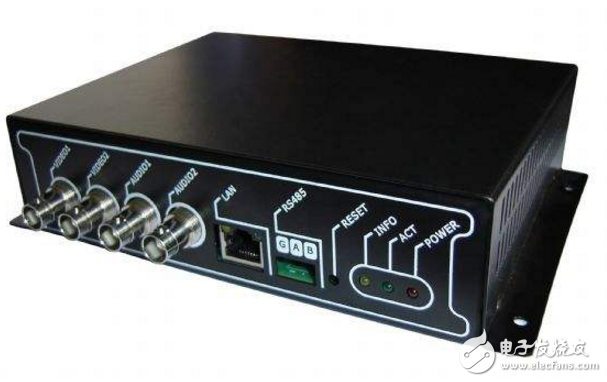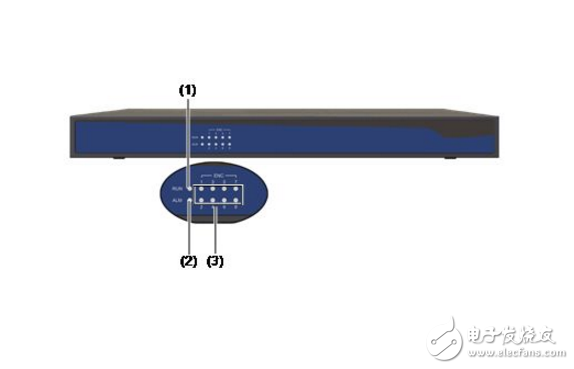Company Details
Company Details
The WMA audio file format you inserted is not compatible with PPT, although a codec is not available. The PPT is compatible with other playback software used on the computer, so it can play audio. Find compatible WMA audio files and use Windows Media Audio to compress sound files. It is usually published on the Internet and downloaded from the Internet.
avi, asf, asx, mlv, mpg, wmv insertion method:1. Using the "Insert Movie" command method in the "Insert" menu of PoerPoint is simple and common, and will not be described here.
2. Use the "Insert Object" command method in the "Insert" menu of PoerPoint
3. Use Insert Control
Using this method must ensure that Windows MediaPlayer or RealPlayer player is installed in the system, first insert the video file as a control into the slide, and then modify the control properties to achieve the purpose of playing the video. Proceed as follows:
(1) Run the PowerPoint program and open the slide that needs to be inserted into the video file.
(2) Open the "View" menu, call up the "Control Toolbox" panel through the "Toolbar" sub-item, and select the "Other Controls" button to click.
(3) In the open control options interface, select the "Windows Media Player" option, and then move the mouse to the PowerPoint slide editing area, draw a rectangular area of appropriate size, this rectangular area will automatically be converted to Windows Media Player player interface.
(4) Use the mouse to select the playback interface, then click the right mouse button and select the "Properties" command from the pop-up shortcut menu to open the "Properties" window of the media playback interface.
(5) In the "Properties" window, enter the detailed path (absolute path and relative path) and full file name of the video file to be inserted into the slide in the "URL" setting item, other options can be default. (6) During the slide show, you can control the video freely through the buttons of "play", "stop", "pause" and "adjust volume" and "progress bar" in the media player.

Using Windows Media Player control can realize the playback of mpg, asf, avi, wmv and other video files, but it does not support the playback of RM video files, so how to realize the playback of RM video files in PowerPoint? If you use other video conversion software to convert the RM video file to AVI or MPG format file and then insert it, the speed is slow and the converted file size is also large, we can also use the "Control Toolbox" in PowerPoint to insert the RM format Video files, the method is as follows:
1. Open the PowerPoint slide file, and open the slide to be inserted into the video file.
2. Through the "View" menu, bring up the "Control Toolbox" panel, click the "Other Controls" button and select "RealPlayer G2" (at this time, the computer must have RealPlayer player installed), when the mouse becomes "+" At the time, use the left button to drag out a suitable size area (this area is the size of RealPlayer player) in the work area.
3. Right-click on this area, execute the "Properties" command in the pop-up shortcut menu, and enter the detailed path and full file name of the RM format file to be inserted after the "Source" item in the pop-up properties dialog box (must bring Suffix rm, for example, 8.rm, otherwise it cannot be displayed), select "false" after the "autostart" item to indicate that the video file will not be played automatically during playback. Other items are sufficient by default. Using the RM video file inserted in this way, displaying the realplay player interface during playback can easily perform operations such as volume, play, stop, pause, and progress dragging. Using this method must ensure that the realplayer player is installed in the system.
The video files inserted by these two methods have a variety of operation buttons to choose from, and the playback process can be completely controlled by yourself, which is more convenient and flexible. This method is more suitable for the situation where pictures, texts and videos in PowerPoint courseware are on the same page.

1. Hyperlink method
It is achieved by inserting a hyperlink of text or picture. This is very simple to make and is a method that everyone is very familiar with. However, it will be inconvenient and unintuitive to pop up a video playback window when using it, so I will not repeat it here.
2. Conversion method
This method is actually using video conversion software to convert flv format video files into video formats like avi, mpg, etc. directly supported by PowerPoint, and then use PowerPoint to insert video menu commands to insert. The result of this processing essentially changes the format of the flv file, which is not only cumbersome to process, but also the video effect is greatly reduced due to the change in the video format of the processed video, while increasing the size of the video file. So this method is suitable for those who do not have high requirements for video quality, and the volume of video files in courseware is not limited.
3. Packing method
This method is actually similar to the conversion method, except that the FLV video is imported into the Flash software and then exported as a SWF format file, and then the converted SWF format file is inserted and played in the PowerPoint using the Shockwave Flash Object control. The effect of this method, although the converted file volume is not as large as the avi and mpg files converted by the conversion method, the video effect will also be discounted.
4. Control method
The plug-in method is to insert a Windows MediaPlayer control in PowerPoint and use this space to play flv video files, but to enable Windows Media Player to play flv video files, you first need to install a decoder for flv files on your computer. There are many decoders, I recommend a K-Lite Codec Pack. The installation of the decoder is very simple and will not be repeated here. Here is how to use the Windows Media Player control.
(1) Open the slideshow where the video file needs to be inserted.
Using Windows Media Player control can realize the playback of mpg, asf, avi, wmv and other video files, but it does not support the playback of RM video files, so how to realize the playback of RM video files in PowerPoint? If you use other video conversion software to convert the RM video file to AVI or MPG format file and then insert it, the speed is slow and the converted file size is also large, we can also use the "Control Toolbox" in PowerPoint to insert the RM format Video files, the method is as follows:
(2) Open the "View" menu, call up the "Control Toolbox" panel through the "Toolbar" sub-item, and select the "Other Controls" button to click.
(3) In the open control options interface, select the "Windows Media Player" option, and then move the mouse to the PowerPoint slide editing area, draw a rectangular area of appropriate size, this rectangular area will be automatically converted into WindowsMedia Player Player interface.
(4) Use the mouse to select the playback interface, then click the right mouse button and select the "Properties" command from the pop-up shortcut menu to open the "Properties" window of the media playback interface.
(5) In the "Properties" window, enter the detailed path and full file name of the flv video file that needs to be inserted into the slide at the "URL" setting item, other options can be defaulted. So far, during the slide show, you can play the inserted flv video file through the inserted Windows Media Player player control, and at the same time, you can also realize "play", "stop", "pause" and "adjust volume" for the video file. And the "progress bar" drag control. This method is not complicated to implement, and the inserted flv video file can achieve more control functions. The author recommends this method.
5. Player method
Player method (that is, write a local FLV player similar to Google's web player googleplayer.swf in the Flsh editing environment, and then insert the Shockwave Flash Object plug-in in PowerPoint to play) The specific implementation steps are as follows:
(1) Make FLV video player file (swf format file) The method of making FLV video player is not repeated here. Here we name the player made flvplayer.swf
(2) Switch to the slide where you want to insert Flash animation. Open the "View" menu, bring up the "Control Toolbox" panel
(3) Click "Other Controls" in the "Control Toolbox" to pop up the AcTIveX control window, find "Shobkwave Flash Object" in the control list and click, then the system will automatically close the control window.
(4) Move the cursor to the editing area of the PowerPoint slide. The cursor changes to a "ten" shape. Press the left mouse button and drag to draw a rectangular frame of appropriate size. This rectangular area is the area where the Flash animation is played.
(5) Click the right mouse button inside the rectangular frame, click "Properties" in the shortcut menu that appears, and the "Properties" window will pop up.
(6) Enter flvplayer.swf directly in the text box on the right side of the "Movie" column in the "Properties" window? file = filename.FLV, "filename.FLV" is the file name of the FLV video we need to play. This means that the file name of the FLV video (if you are not in the same directory as the courseware, you need to add the detailed path) to the flvplayer.swf file through the parameter file. For other projects, just use the system default. Finally, close the "Properties" window and return to the PowerPoint slide editing window. This method is more complicated to operate, especially when you make the swf file format player file yourself. Interested readers can try it. Readers can choose to use the above methods according to their needs. Through the above discussion, we can insert these commonly used video files into PowerPoint, I hope to help everyone